One of Baltimore’s less flattering nicknames is “Mob Town,” and there have been several notable riots in the city’s history. Perhaps the least known of these riots was the first: the Great Baltimore Riot of 1812. It is a lurid tale and does few people involved in it much credit, including some later genuine heroes of the war. It was widely reported in all the local newspapers of the day, but today the riot is virtually unknown to most Baltimoreans.
The day after President James Madison’s war message against Great Britain on June 18, 1812, Baltimore’s Federal Republican newspaper blasted the nation’s chief executive for going to war without adequate funding, taxes, troops, ships, and fortifications to fight the mightiest naval power on earth. All of this was demonstrably true, but most citizens of Baltimore did not want to hear it.
A pro-war mob marched to storm the editorial offices of the Federal Republican, a name that seemed to indicate that the newspaper was trying to have it both ways by combining the two dominant political parties, the Federalists and the Republicans (also called the Democratic-Republicans) in its title. It failed, however, to placate the majority of its readers. The mob carried hooks, ropes, axes, and bludgeons as it stomped down Gay Street. At the paper’s offices, the rioters smashed the printing press and threw it into the street, along with paper stock, type, and furniture. The building itself was destroyed when the mob attached hooks and ropes to the doorways and windowsills and pulled down the entire structure. After this, the rioting spilled over onto the nearby docks. Houses were looted as well as the wharves, and ships believed to be carrying British licenses had their sails and rigging slashed.
The two men most sought by the mob, Jacob Wagner and Alexander Contee Hanson, escaped. They were the editors of the Federal Republican, and they fled for their lives to Georgetown, where they resumed publication of the newspaper for the next five weeks, until they boldly—or foolishly, depending on how one looked at it—decided to return to Baltimore and begin anew.
One of the most active Federalists in the city was William H. Winder, joined by such other prominent attorneys as Robert Goodloe Harper, Virgil Maxey, and Jonathan Meredith. The most radical of the lot was Hanson, 26, originally from Montgomery County, Maryland, who came to Baltimore in 1807 to found the Federal Republican. The target of several lawsuits and challenges to duels, Hanson relished the controversy he caused, even when the Republican-dominated Baltimore Militia Brigade tried to court-martial him in his capacity as a lieutenant in a volunteer company. By 1812, he began to fear personal violence and started carrying weapons for self-defense.
By July 26, the stage was set for a second, much more serious riot after it became known that Hanson and several armed supporters had set up new editorial offices at 45 South Charles Street, complete with an illustrious protector in the person of General Henry “Light-Horse Harry” Lee of Virginia, father of future Confederate general Robert E. Lee. His second in command was another Revolutionary War hero, 70-year-old General James M. Lingan.
Surely, reasoned Hanson, a mob would not be foolish enough to attack a fortified house garrisoned by a well-armed force commanded by such stellar officers. He was wrong. As the mob gathered, Hanson threw open a second-floor window to harangue his opponents, threatening to shoot if they advanced. This had the effect of waving a red flag at a bull. Several members tore open their shirts, bared their chests, and screamed “Fire again!” in defiance.
Ironically, two men who later acquitted themselves well in 1814 against the British invaders did not do so now. One was Baltimore mayor Edward Johnson. The other, who lived a few doors away from the scene at 15 South Charles Street, was Brig. Gen. John Stricker, commanding officer of the Baltimore Brigade of the Maryland Militia. Stricker had earned his military command by being one of the major Republican Party leaders in Baltimore, as well as holding a federal government post as the city’s naval agent, a curious role for a militiaman who was also a director of a bank and a local insurance firm.
Stricker had helped crush the Whiskey Rebellion in 1794, but he did little to avert bloodshed on this night. At first, he simply stayed home, ostrich-like, attempting to wish away the violence he knew very well might occur. Several citizens came to implore him to call out the 5,000-man Baltimore Brigade immediately, but Stricker stonewalled, demanding that two magistrates first be found to sign a legal order stating that public danger demanded him to do so. Around midnight, he had the two signatures, but by then there were more than 20 armed men barricaded inside 45 South Charles Street and a mob estimated at between 2,000 and 5,000 people was growing outside. Against these, Stricker dispatched a single squadron of cavalry.
Onsite command was given to Major William S. Barney, the son of U.S. Navy Commodore Joshua Barney. Like his father and Stricker, William Barney was a Republican. He was then running as a candidate for the Maryland House of Delegates in the upcoming election. Now he might be called upon to fire on his own prospective voters. It was a delicate situation, to say the least, and Barney trod as carefully as he could. By 2 am, he had managed to gather only a third of his 90-member squadron, and he ordered the men not to fire unless he gave the command. Stricker had not even issued live cartridges to the troopers, so worried was he that a stray shot might trigger a bloodbath that would engulf them all.
At 3 am, Barney’s force stopped in front of 45 South Charles Street and Barney addressed the crowd, calling them friends and asserting that he would arrest every man inside the house—but for what? They hadn’t broken any law. Placing his troops in a line separating the house from the mob, the major went inside to demand the building’s surrender. Hanson and his supporters refused. Dismayed, Barney came back outside and told the crowd that he would have to return to Stricker for further orders.
More enraged than ever by this new development, the mob broke into the local armory, stole a small, wheeled cannon, and trundled it down to 45 South Charles Street. Luckily, no one could be found who knew how to fire it. When Barney returned, he found the silent cannon pointing at his line of troopers. He again spoke from the top of the cannon and again demanded that the men inside the house surrender. This time they agreed, the shooting and rock throwing stopped, and Barney and his men entered the building in force. The problem now became one of how to get the surrendered defenders out safely past the roiling mob.
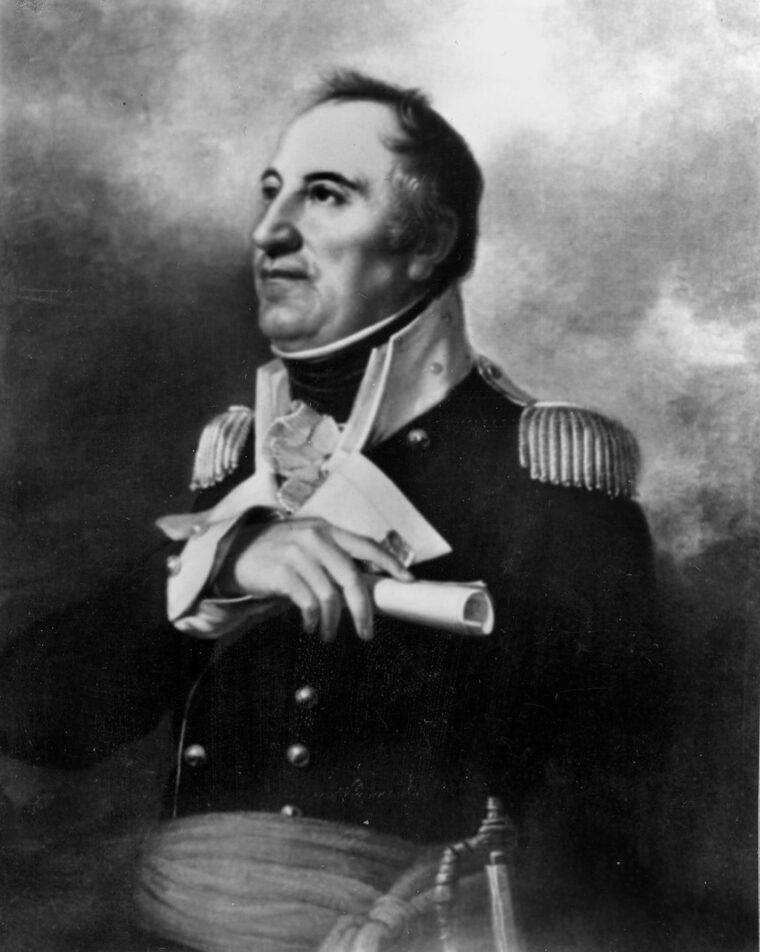
At 6 am on the 28th, Mayor Johnson arrived on the scene. He had been mayor of Baltimore for four years and was seeking another term of office. In addition, he was one of the Republican nominees for presidential elector in the district. He would win few friends and no elections by exerting himself on behalf of men whom the mob considered to be traitors and murderers.
With the distraught mayor were Stricker, two Republican members of the City Council, James Calhoun and Cumberland Dugan, and the Republican attorney general of Maryland, John Montgomery. Both the mayor and the attorney general conducted surrender negotiations with the editor—an odd situation in itself. Negotiations continued for an hour, as the mob swirled outside and Hanson and his men considered hacking their way to freedom with swords. By 7 am, arrangements had been concluded for the men’s surrender.
The defenders would leave the building within a protective militia hollow square formation and would be accompanied to the local jail for their own safety by the Republican officials although no crime had actually been committed by the prisoners. Twenty-three Federalists, led by Generals Lee and Lingan, filed out into the street. Some tried to escape and were captured and beaten by the mob, in a grim preview of what lay in store for the others. Although their muskets and swords had been confiscated, several of the prisoners secretly carried pistols, which they took with them to jail. During the one-mile trek, the mob surrounded the militiamen and their prisoners, whistling “The Rogue’s March” and hurling insults and stones as they passed.
Many of the Federalists were injured, and so was Stricker, who almost lost an eye to a thrown rock. The Federalists feared for their lives, particularly since the men guarding them were Republicans—just like the men in the mob who were trying to kill them. The mob did not storm the square, however, and the Republican officials were spared the choice of having to die for men whose politics they despised. The column reached the jail, a two-story building without a surrounding wall. All of the political prisoners were placed in a single cell, with common criminals kept next door.
Johnson and Stricker promised the political prisoners that they would be released at 10 am, after the unruly crowd had dispersed and gone home. Inside their jail cell, the 23 men had four pistols and a few knives among them. At 1 pm, seeing that the mob had not left, Stricker finally decided to call out the entire 5th Regiment, a force of 1,000 men broken down into a squad of cavalry and two companies of artillery. The choice of this unit was also political: its commander, Lt. Col. Richard Sterrett, was a Federalist now being called upon to face a Republican mob in defense of other Federalists. In addition, both Sterrett’s second in command, Major Richard K. Heath, and his artillery commander, Lt. Col. David Harris, were also Federalists. Stricker was covering his political bases.
Of the 1,000 troops called up for duty, fewer than 40 infantrymen and six cavalrymen bothered to appear at muster. Captain Aaron B. Levering stated that his men would not respond or could not be found—all of them were Republicans, anyway. Barney later recalled that his men had said that they would fight any foreign enemy but would not defend traitors, which is how they saw the imprisoned Federalists.
None of the men assembled in Gay Street had been issued live ammunition, and Heath and the small group of soldiers could clearly hear in the taunts of the crowd that the jail soon would be stormed. Alarmed, Heath told Stricker that his force was too small and would be overwhelmed, and that instead it should simply be dismissed. Incredibly, Stricker agreed, thus abandoning all pretense of law and order and in effect surrendering the helpless prisoners to whatever fate the mob decreed.
Rudely shoving aside a protesting Mayor Johnson, the mob stormed the jail and, despite the four pistols, quickly overpowered the Federalists. They forced the prisoners out of the building, whereupon they were hit over the head, one by one, by butcher John Mumma in the manner of slaughtering cattle and were thrown down the stone steps into a heap on the street below.
Some of the captives were slashed with rusty swords, others were tarred and feathered (one was even set afire), and still others were stuck with pins, kicked in the groin, and threatened with castration. The mob seriously considered killing all the victims and burying their remains in a secret mass grave. As it was, Lingan was fatally stabbed in the chest while on his knees begging for mercy, as the crowd danced with glee. Children clapped their hands and women shouted, “Kill the Tories!”
Only one man, a Republican physician named Richard Hall, stood up to the crazed mob and dared to call the acts shameful. In an effort to save lives, Hall told them that most of the victims were either dead or soon would be, knowing full well that this was not true. Hall then summoned physician friends from across the city to help him treat the victims. Butcher Mumma, deciding that the victims had been beaten badly enough “to suit the devil,” assisted in the first-aid efforts.
Except for Lingan, the rest of the men survived, but several, including Light-Horse Harry Lee, never truly got over their cruel ordeal or grievous wounds. Lee would die in 1818 after several fruitless years in the West Indies seeking to regain his health. Hanson, too, survived the attack, and in the uproar that followed in the wake of the riot, he was elected to Congress from his native Montgomery County that November. Still, he would die prematurely in 1819 at age 33 from the lingering aftereffects of his wounds.
Meanwhile, the murdered Lingan became a political martyr, and the statewide elections that fall resulted in a Federalist sweep that retook the statehouse in Annapolis from the Republicans on the very eve of the British arrival in the Chesapeake Bay for the first time since the end of the Revolution. The Republicans retained control of Baltimore. It was an ironic turn of events for both the pro-war and anti-war factions and a fittingly divisive end to one of the most shameful events in Baltimore history.
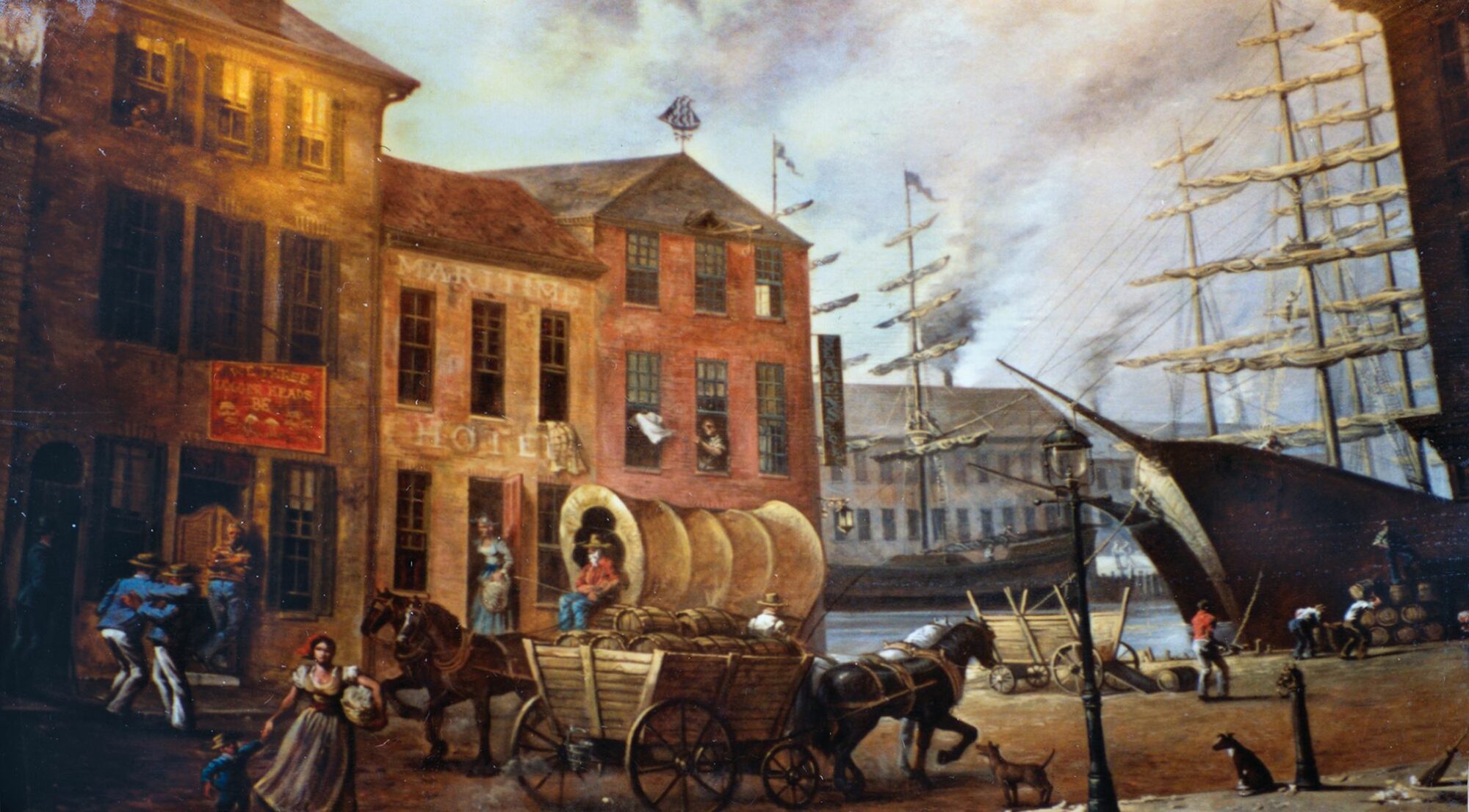
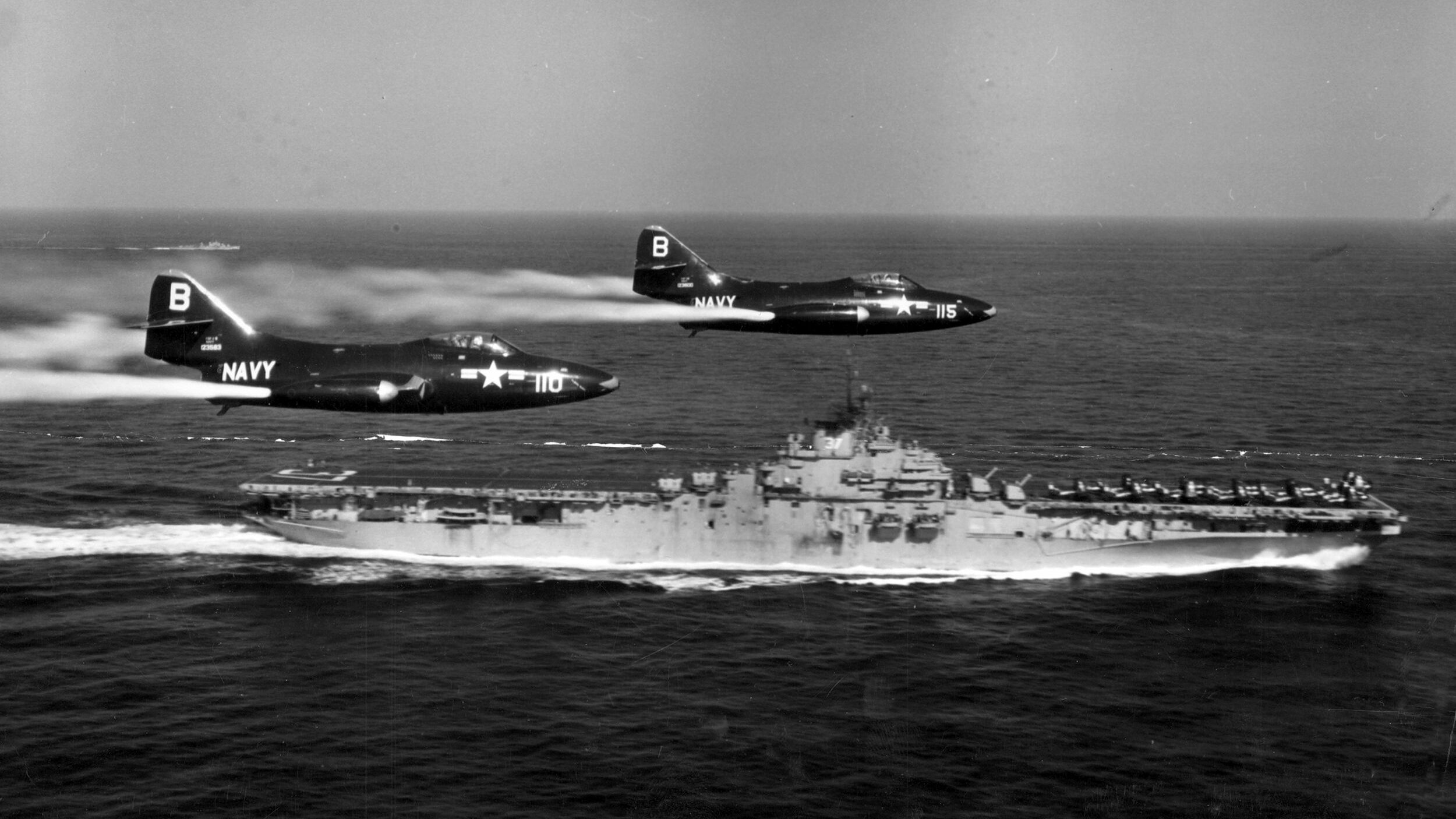
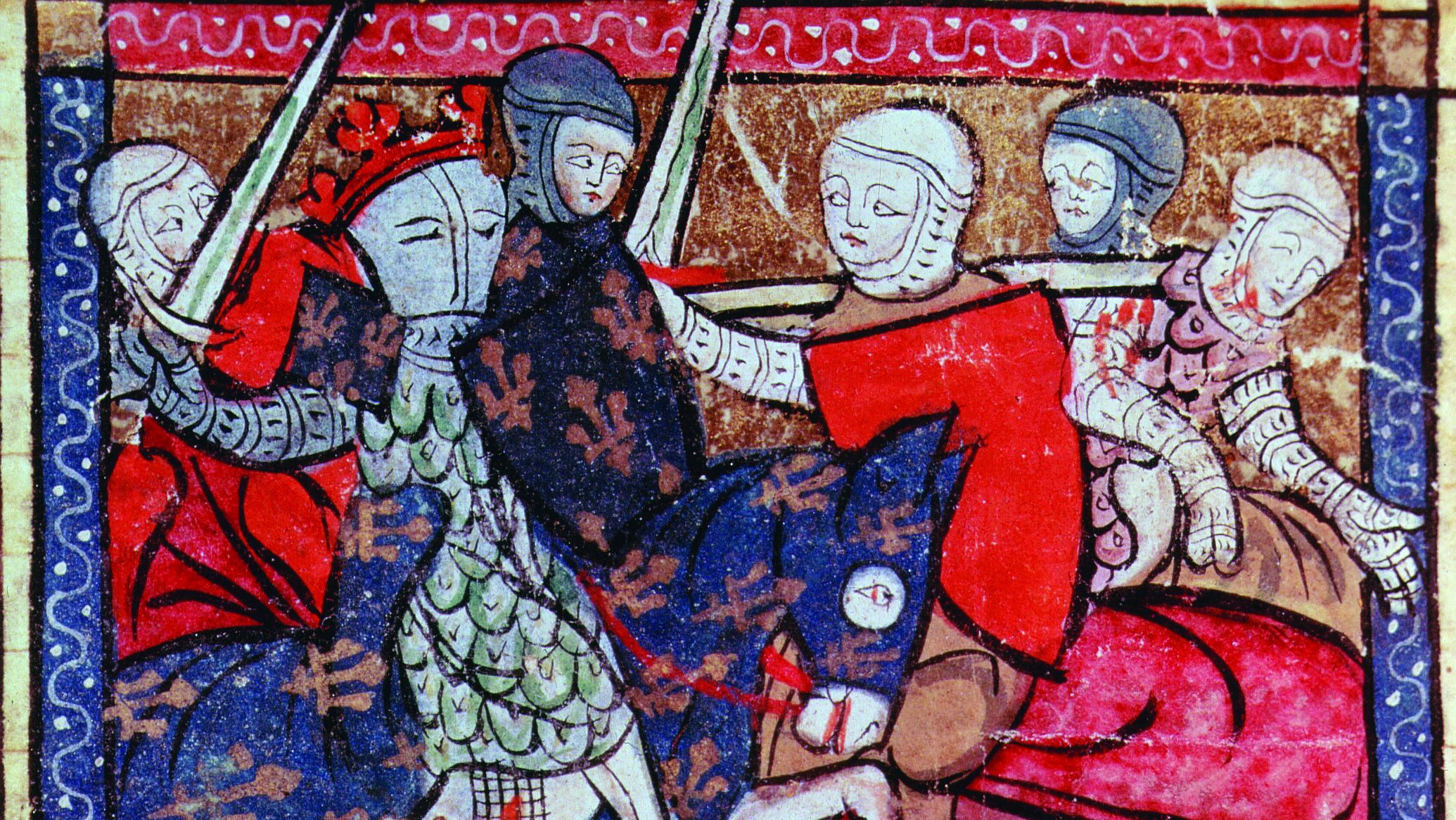
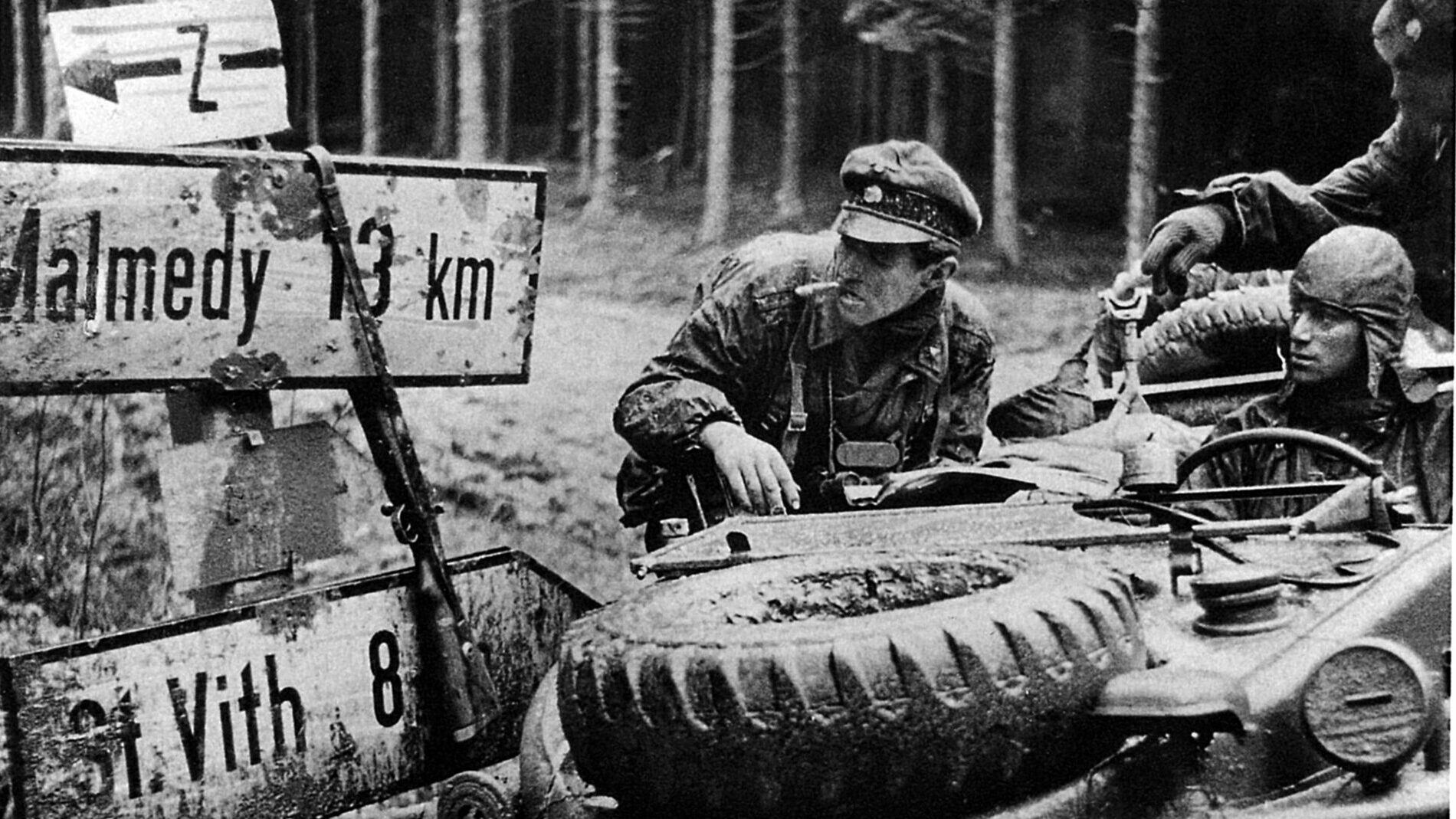
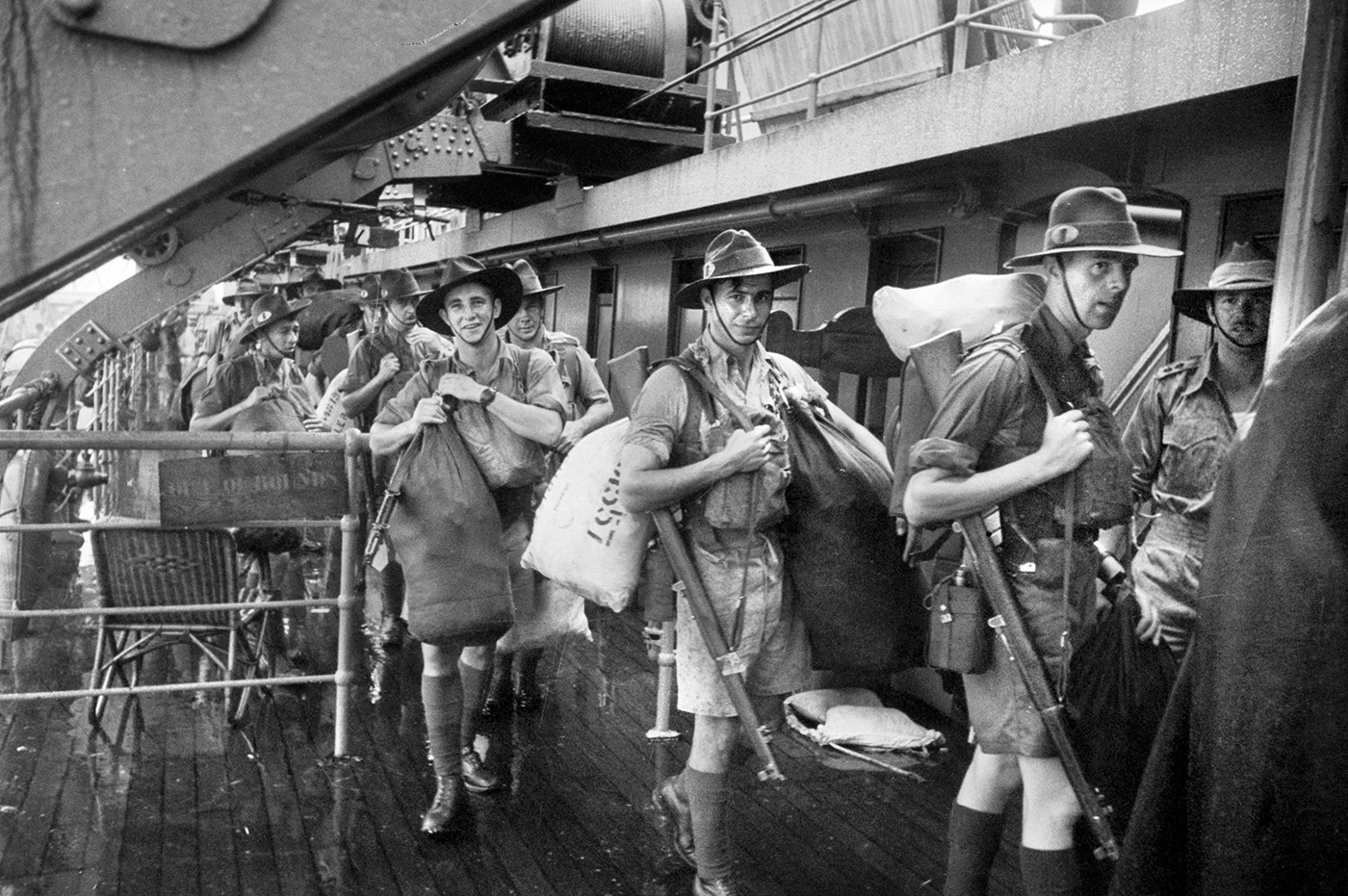
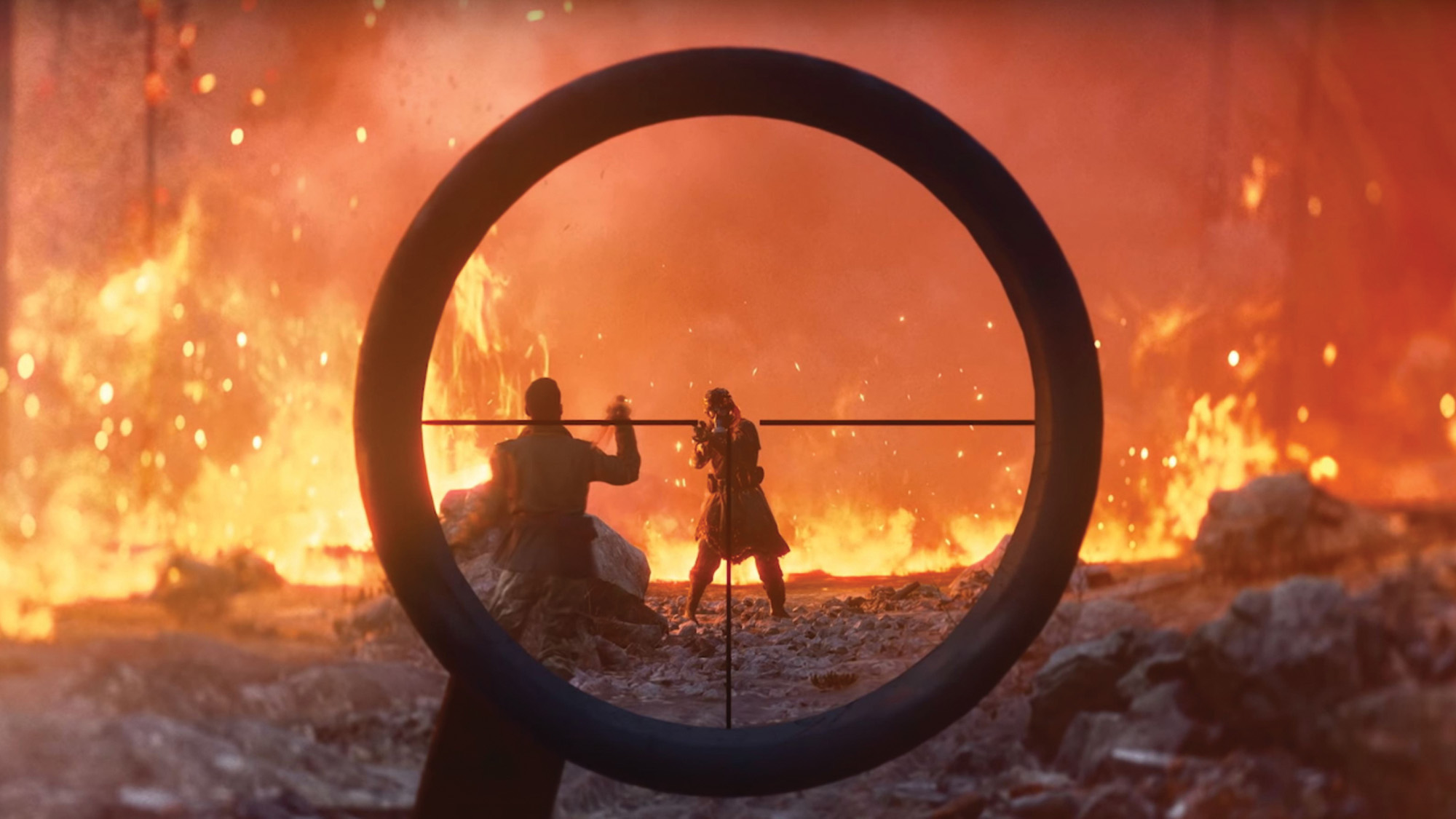

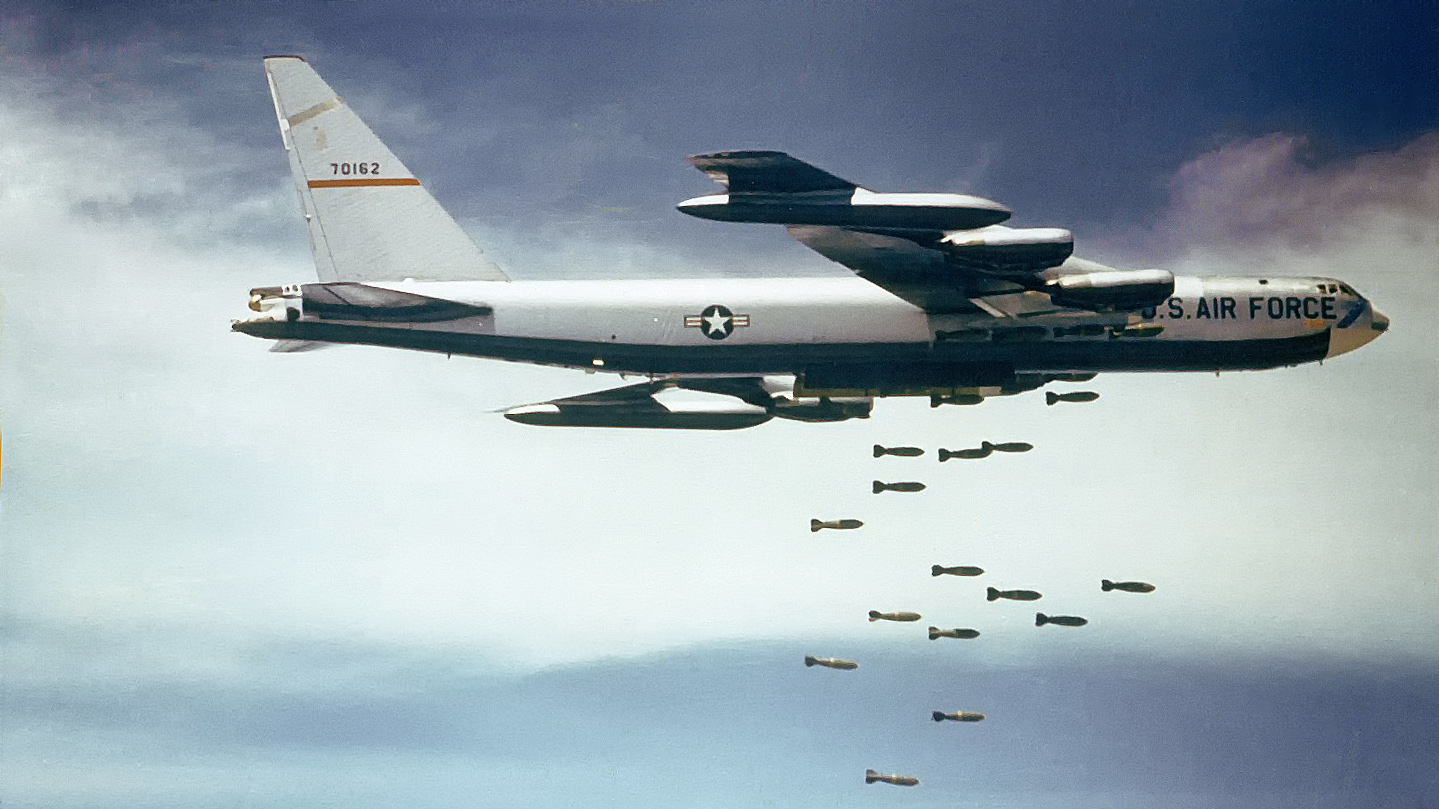
Join The Conversation
Comments
View All Comments